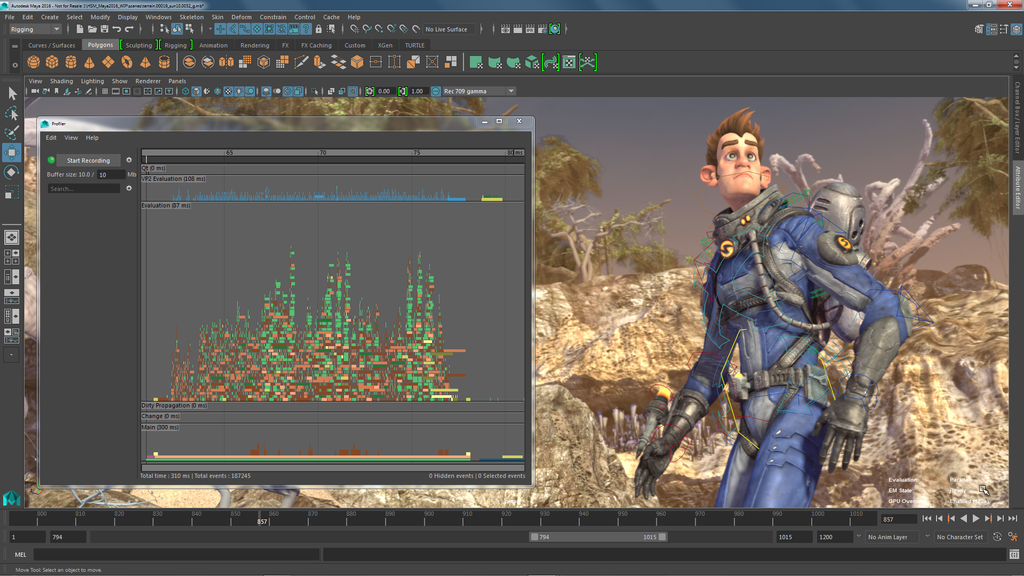
We’ve also added several improvements to the Graph Editor, bringing you a smoother animation experience.


If a clip is set to ‘additive’, it will be evaluated relative to its first frame of animation and added on top of the underlying clip animation. For example, a clip of an arm waving can be blended with a clip of someone walking, even as the animation moves forward in space. You can now set clips to be additive, so you can mix two clips together seamlessly. When loading a scene with Time Editor clips, Cached Playback is no longer automatically disabled.Īdditive Animation Clips in the Time Editor The Time Editor now fully supports Cached Playback allowing you to work and hit play without needing to playblast. Visit the USD for Maya project on GitHub to learn more.Ĭached Playback support in the Time Editor In addition to shipping with Maya out-of-the-box, the Maya USD plugin is available as an open-source project for you to customize as you need. The new USD Layer Editor allows you to intuitively create, view, and manage a USD Stage’s complex LayerStack. Right-click contextual menus provide easy access to common Prim-based operations.Unique USD icons and badges help recognize Prim data types and Composition Arcs.Data Branch Colors allow you to distinguish between Maya and non-native USD data in the Outliner.New features in the Outliner make it quick and easy to identify and work with USD data in the Outliner alongside standard Maya objects. This means you can now work directly with USD data in common Maya editors like the Viewport, Outliner, Attribute Editor, Manipulators, Snapping, and more! The new mayaUsdProxyShape node enables native Maya workflows directly on USD stages. This can be used to see the contents of a USD file, as well as set the state of the scene, including variants, before import.Ī USD stage is an in-memory container of the composed USD scenegraph. Get a lightweight preview of USD scene structure with a new USD Hierarchy View Window. Load multiple gigabytes of data into Maya in a matter of seconds.Ī new round-trip import and export workflow lets you take USD data and import it as native Maya data, or take native Maya data and export it as USD data, allowing you to rely on USD as a simple, high-speed format for transferring data between Maya scenes or other applications that support USD. One of the many benefits of USD in Maya is the raw speed at which you can bring in massive data sets. Load and edit massive data sets at lightning speed We’ve also added robust referencing functionality, non-destructive data editing workflows, and support for complex variants. Now in Maya, not only can you load and edit massive data sets at lightning speed, but you can also work directly with the data using Maya's native tools. Pixar’s open-source Universal Scene Description (USD) has been making its way into VFX pipelines as a way to interchange 3D data across several digital content creation tools.


 0 kommentar(er)
0 kommentar(er)
